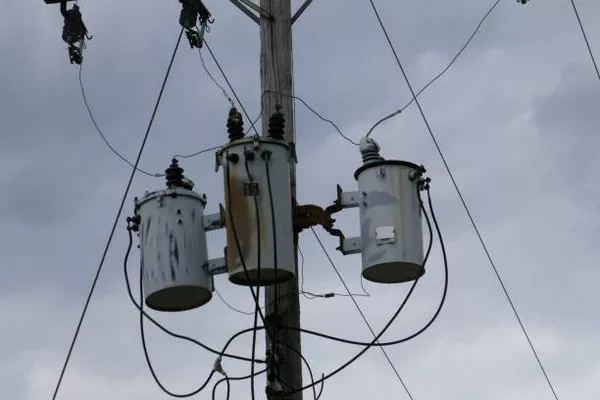Transformers play a pivotal role in the efficient distribution and utilization of electrical energy. Among the various types of transformers, the single-phase transformer stands out as a fundamental component in power systems. In this article, we will delve into the working principles of a single-phase transformer, exploring its design, core components, and the transformation process that enables it to change voltage levels seamlessly.
Basic Structure of a Single-Phase Transformer
A single-phase transformer comprises two main components: a primary winding and a secondary winding, both wound around a common iron core. The primary winding, connected to the power source, induces a magnetic field when alternating current (AC) flows through it. This magnetic field permeates the iron core and subsequently induces a voltage in the secondary winding, allowing power to be transferred from the primary to the secondary side.
Transformer Core and Windings
The transformer’s iron core is a crucial element in its operation. Typically made of laminated sheets to reduce eddy current losses, the core provides a low-reluctance path for the magnetic flux generated by the primary winding. This magnetic flux is essential for the induction of voltage in the secondary winding.
The primary and secondary windings consist of insulated copper wire wound around the core. The number of turns in each winding determines the transformer’s turns ratio, which directly influences the voltage transformation between the primary and secondary sides. The turns ratio is a critical parameter in designing transformers for specific voltage requirements.
Working Principle – Magnetic Induction
The fundamental principle behind the operation of a single-phase transformer is magnetic induction. When alternating current flows through the primary winding, it generates a time-varying magnetic field around the winding. According to Faraday’s law of electromagnetic induction, any change in magnetic flux within a closed loop induces an electromotive force (EMF) or voltage in the coil encircling the flux.
In a transformer, the changing magnetic field in the primary winding induces a voltage in the secondary winding. The induced voltage is directly proportional to the turns ratio between the primary and secondary windings. This ratio determines the transformation of voltage levels, allowing transformers to step up or step down the input voltage as needed.
Efficiency and Losses
While transformers are highly efficient devices, they are not without losses. Common losses in single-phase transformers include:
Copper Losses (I²R Losses): These losses occur due to the resistance of the copper windings, leading to power dissipation in the form of heat. Increasing the conductor size or using materials with lower resistivity helps minimize copper losses.
Iron or Core Losses (Hysteresis and Eddy Current Losses): The cyclic magnetization and demagnetization of the core material result in hysteresis losses, while eddy currents induced in the core lead to additional losses. Using laminated cores and high-quality magnetic materials reduces these losses.
Stray Losses: Stray losses include losses in the insulation, dielectric losses, and losses in adjacent metallic structures. Proper design and insulation techniques are essential to mitigate stray losses.
Conclusion
In conclusion, a single-phase transformer is a vital component in electrical power systems, facilitating the efficient transfer of energy by transforming voltage levels. Its basic design, consisting of primary and secondary windings wound around a common iron core, allows for the induction of voltage through the principle of magnetic induction.
Understanding the turns ratio is crucial in comprehending how a single-phase transformer achieves voltage transformation. Whether stepping up or stepping down the voltage, transformers play a central role in ensuring that electrical energy can be transmitted, distributed, and utilized effectively in various applications.
Efforts to enhance transformer efficiency involve minimizing losses, such as copper losses and core losses, through careful design and material selection. As technology continues to evolve, advancements in transformer design and manufacturing contribute to more reliable and energy-efficient power systems, further underscoring the significance of these devices in the realm of electrical engineering.

